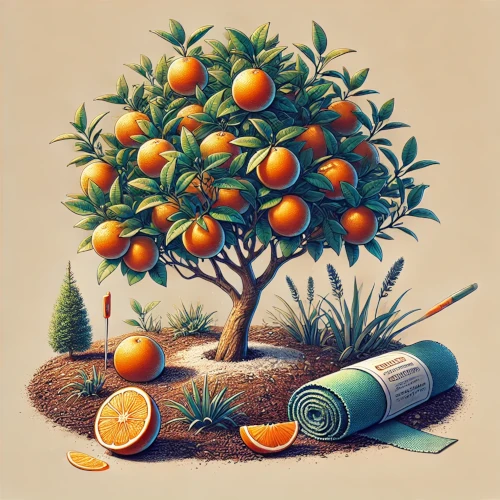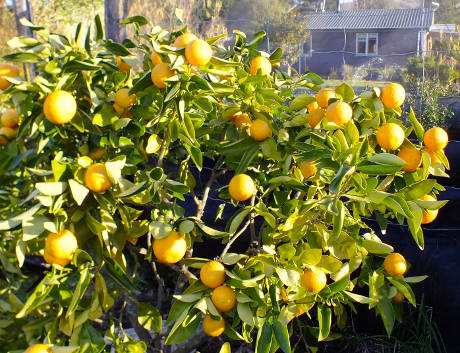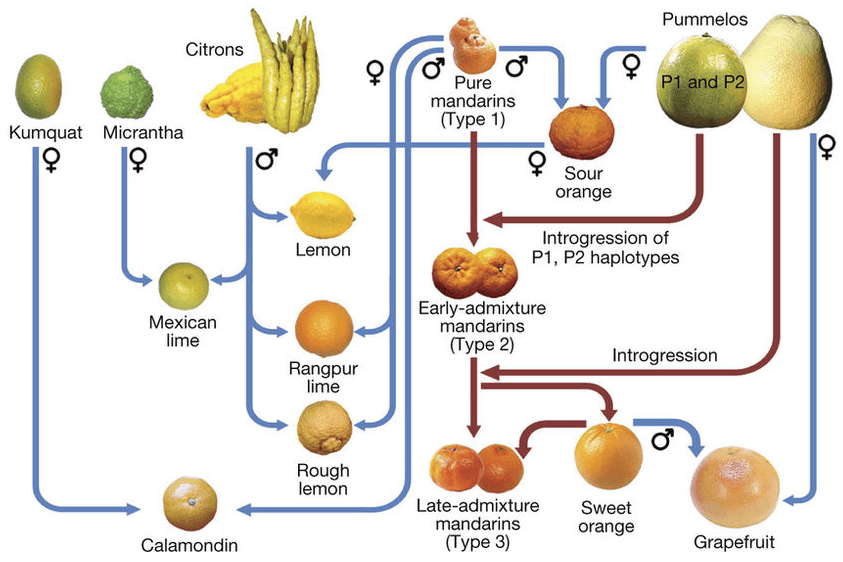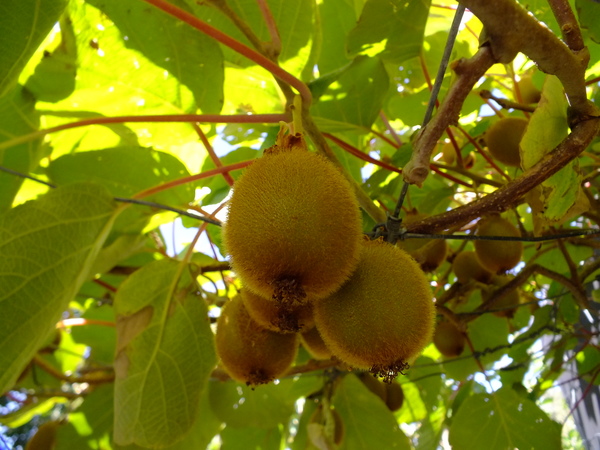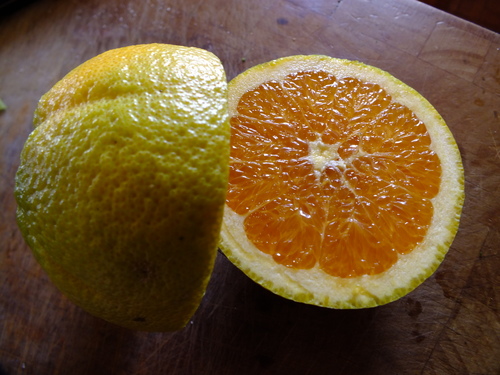Growing Sweet Oranges in a Temperate Climate
1. When to Harvest for Sweet Oranges
- Harvest Season: In temperate climates like North Canterbury, oranges ripen between late winter and early spring (July to October).
- Colour: The peel should be a rich orange, although some may still have a bit of green.
- Taste Test: Pick an orange and taste it. Sweet oranges will be heavier for their size and have a pleasant, sweet taste.
- Texture: The fruit should feel firm but slightly soft when squeezed gently.
2. Growing Sweet Oranges in a Temperate Climate
-
Sun Exposure: Ensure your orange tree receives at least 6-8 hours of direct sunlight per day.
-
Sheltered Position: Protect from strong winds and frost.
-
Soil: Plant in well-drained soil with a pH of around 6-7. Use compost or well-rotted manure to improve the soil.
-
Watering: Water deeply and consistently, keeping the soil moist but not waterlogged.
- Use organic mulch (around 10 cm thick) around the base of the tree to retain moisture and regulate soil temperature.
-
Fertilizing: Apply a citrus fertilizer twice a year—once in early spring and again in late summer. Avoid excessive use of nitrogen-based fertilizers.
-
Cold Protection: Use frost covers or plant trees in containers that can be moved to protected areas. For trees in the ground, provide frost cloths when temperatures drop below 0°C.
3. Should You Leave Oranges on the Tree for an Extra Season or Year?
- No: Leaving fruit on the tree for an extra year will result in overripe, potentially dry fruit and can deplete the tree's energy for new fruit development. It may also attract pests and increase the risk of disease.
By keeping the focus on the right harvest time and caring for your tree with optimal sunlight, water, and nutrients, you’ll ensure the best quality sweet oranges in your climate!
